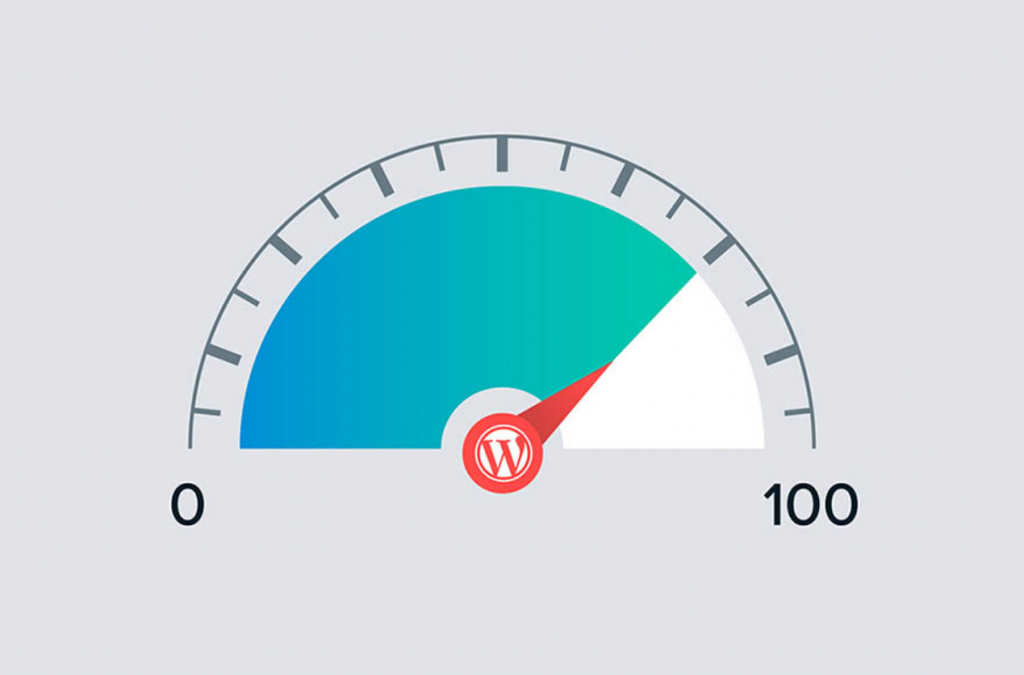Page speed is an essential element for any website. It refers to the amount of time a webpage takes to load and display its content fully. In today’s fast-paced world, users expect websites to load quickly and efficiently, or they will move on to another site that can deliver what they need in a timely manner. Therefore, page speed is critical in ensuring optimal user experience.
Research shows that slower websites result in lower engagement rates, fewer page views per visit, and higher bounce rates. This means that if your website is not optimized for fast loading speeds, you risk losing potential customers and revenue. Furthermore, search engines like Google take page speed into account when ranking web pages; therefore, slow-loading sites are less likely to rank high on search engine results pages (SERPs). This can affect your site’s visibility and ultimately lead to lower traffic levels.
6 Ways to Optimize Your WordPress Website for Speed
By implementing the following strategies, you can provide visitors with a fast and seamless browsing experience while improving your website’s visibility and engagement.
Choose a Lightweight and Optimized Theme
The theme you select for your WordPress website plays a significant role in its overall performance. Theme optimization means choosing a light and well-coded theme. Avoid themes with excessive animations, complex layouts, and unnecessary features that can slow down your website. Additionally, consider using a responsive theme that adjusts seamlessly to different screen sizes, ensuring optimal performance across all devices.
Enable Caching
Caching is a technique that stores static versions of your web pages, allowing them to load quickly for subsequent visitors. By using a caching plugin, such as W3 Total Cache or WP Super Cache, you can significantly improve your website’s performance. These plugins generate HTML files of your pages and serve them to visitors, bypassing the need to generate the page from scratch every time. This reduces server load and speeds up the loading process.
Optimize Images
Your website can be significantly slowed down by large image files. To address this, optimize your images before uploading them to your WordPress media library. Use image compression tools like TinyPNG or plugins like Smush to reduce file sizes without compromising image quality. Additionally, specify image dimensions to prevent unnecessary resizing and leverage lazy loading techniques to defer the loading of off-screen images.
Minify CSS and JavaScript
Minification is the process of removing unnecessary characters, spaces, and line breaks from your CSS and JavaScript files. This reduces file sizes and improves loading speed. You can manually minify your code using online tools or utilize plugins like Autoptimize or W3 Total Cache, which offer built-in minification features. However, always make sure to create a backup before modifying your website’s code.
Utilize Content Delivery Network (CDN)
A CDN is a network of servers distributed worldwide that store cached versions of your website’s static files. Content delivery networks reduce latency and speed up loading times by delivering content from servers closest to users. Popular CDN services like Cloudflare and MaxCDN integrate seamlessly with WordPress and offer various optimization features. Implementing a CDN can make a significant difference in your website’s speed and performance.
Regularly Update WordPress and Plugins
Keeping your WordPress installation, themes, and plugins up to date is essential for optimal performance and security. Performance improvements and bug fixes are frequently included in updates released by developers. By regularly updating your WordPress core, themes, and plugins, you ensure that your website operates on the latest, optimized versions.
Conclusion
In conclusion, optimizing your WordPress website for speed is crucial for delivering an excellent user experience and improving your search engine rankings. By implementing these six strategies – choosing a lightweight theme, enabling caching, optimizing images, minifying CSS and JavaScript, utilizing a CDN, and regularly updating your website – you can significantly enhance your website’s speed, performance, and overall success. Remember, a fast-loading website not only delights your visitors but also boosts your online visibility and conversions.



